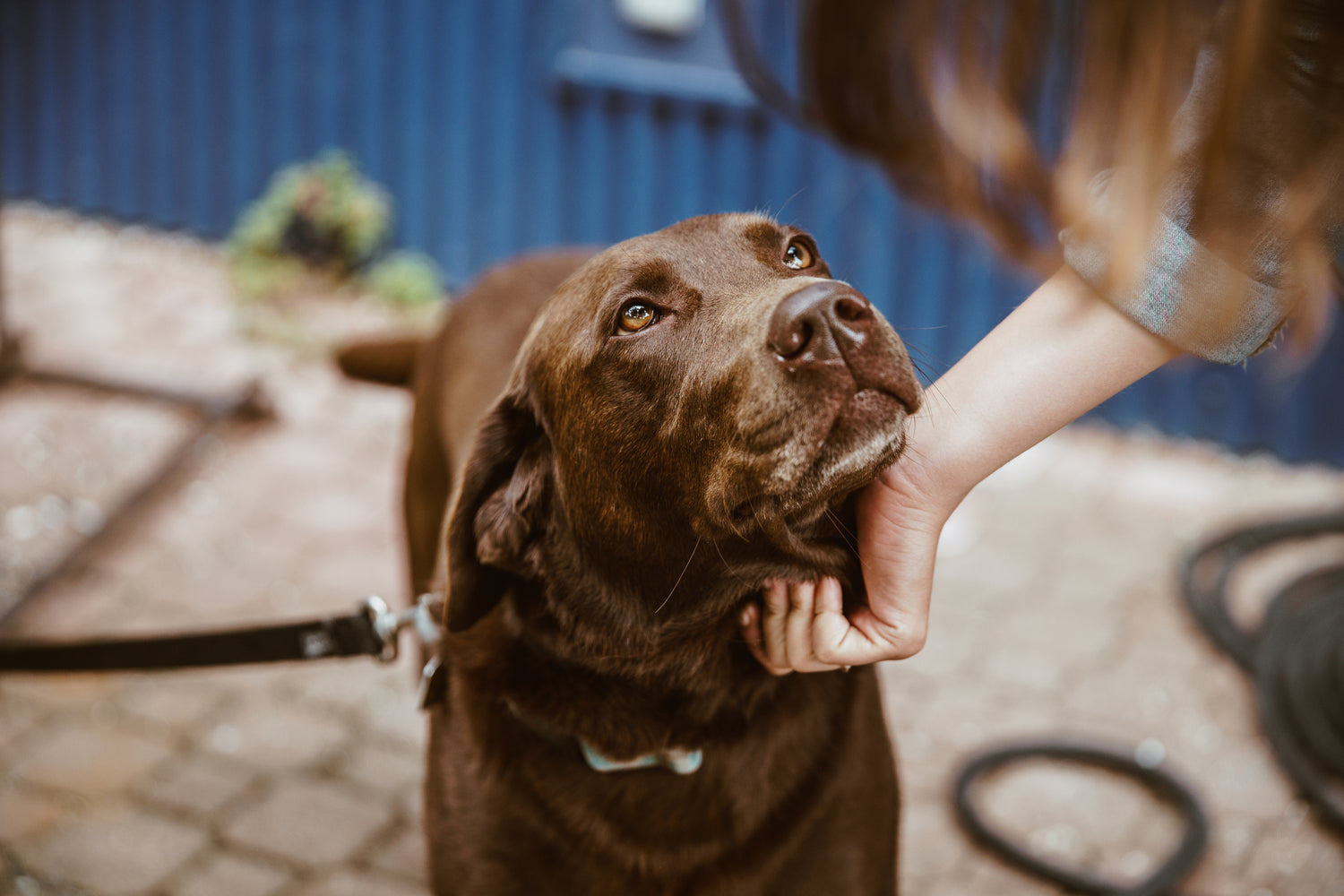My Dog has Degenerative Myelopathy
What Should I Do?

Rear leg weakness is often seen in older dogs. It’s always wise to get a diagnosis from your vet as to what’s causing the rear leg weakness, to ensure it’s not a symptom of another, more serious condition.
Paw Knuckling can result in the tops of a dog’s paws bleeding and losing fur, because of the way they’re being dragged along the ground. There are boots specifically designed with an extra sole on the top of them, to protect the top of the paws. WagWear boots are also popular with owners whose dogs experience light knuckling. They’re made of rubber so provide good, lightweight protection too but be aware that they won’t withstand serious knuckling.
In contrast, some owners prefer to take a corrective approach i.e. helping the paw to lay flat again. This can be achieved through a splint, such as a Bootie Splint, or Maximus PawsUp boots, which help correct the knuckling when worn.
Hip braces can be helpful to stabilise the hip joints and support the lower back. Primarily they’re designed for hip dysplasia (where the femur bones don’t sit properly into the hip socket) but some owners have found that a hip brace has been positive for giving sturdy support for rear leg weakness that originates in the hips. You can read more about them here.
If your house has slippery wooden or tiled floors, putting down rugs or getting your dogs non-slip socks can be invaluable help for your dog. This is so there’s more traction for their paws when getting up or down, or even just walking around.
Likewise, Rear Lift Harnesses can be an essential accessory when your dog’s got rear leg weakness. They help you to help your dog by taking some of the weight off their rear legs, particularly if getting up and down stairs or in and out of the car.
You may ask your vet about how hydrotherapy or physiotherapy may help your dog maintain muscle tone. They can both be very helpful for dogs with rear leg weakness.
Finally, a dog wheelchair is always worth thinking about for your dog. They work by taking the weight off the rear legs. If your dog’s got weak hindquarters but is still strong in their front legs, a wheelchair gives your dog a feeling of normal mobility and freedom again. They can be transformational and make a huge amount of difference to your dog’s quality of life. If you’re not sure if your dog’s at the stage of needing a wheelchair, get in touch and we can talk it through with you.

We can help find the right solution for your dog
Feel free to give us a call on 01730 622544
or email us at woof@zoomadog.co.uk
Leave a comment